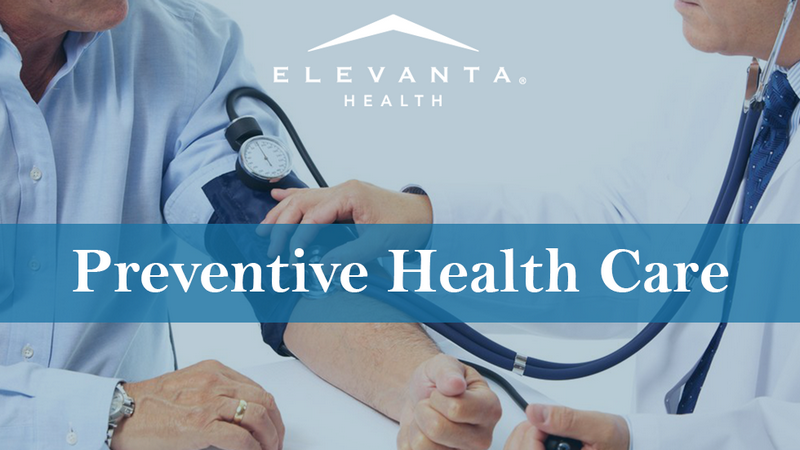Thoughtful and educated drivers know clearly that they will need to attend to regular maintenance of their vehicle. We might not get that oil changed every 3,000 miles, but probably it stays there in the back of your mind until you do if you are extending that Because we recognize that routine maintenance is far less cost and hassle than purchasing a new engine. It’s a great deal less pain and we get that. Why don’t we treat our bodies with the same understanding?
Well, you did not include an instruction manual and, save for a few mothers, you do not get postcards in the mail telling when to do what. Perhaps we can offer you an abridged version of the operating guide for your body, otherwise called a summary of preventative health care. Preventative health care has to do with choosing a PROactive approach to your health as opposed to the more common Re-active strategy. Prevention has become a bit of a catchphrase in the present world of marketing insanity describing everything from nutrition and exercise to cholesterol and blood pressure and everything in between.
That essentially leaves out operation and medication for contracted diseases, so we have quite a bit to deconstruct. Lots of the pharmaceuticals on the market now are believed to be preventative but are utilized to prevent one late-phase disease. Let us utilize cholesterol medicine as an example to illustrate this phenomenon. The World Health Organization estimates that nearly 20 percent of all strokes and more than 50 percent of all heart attacks could be linked to high cholesterol. Statin drugs like Lipitor, Zocor, and Crestor are currently the principal form of prevention for cardiovascular problems associated with high cholesterol.
With this definition, statin drugs are most certainly preventative drugs, but they are restricted to preventing heart attacks and strokes, because of high cholesterol. What’s misleading about the word preventative in this instance is that the focus is in the incorrect location. In this example, we’re preventing heart attacks by reacting to high cholesterol. Waiting until cholesterol is high and then taking medication to prevent a heart attack is similar to skipping those oil changes for your car, but getting a new engine every 30,000 miles to prevent your car from breaking down while driving! In essence, we’re masking reactive health care by calling it preventative health care of the next phase, i.e.
preventative of heart attacks and strokes but really responding to high cholesterol. When I get my oil changed someone in the center always reminds me when I need to return, and even puts a sticker on my windshield as a constant Amazingly, we’ve come to accept the small sticker on our windshields, and are often pleased to care for our car every 3,000 miles or 90 days since we understand exactly what the benefits are, but that decal is a constant reminder. So when I visit my physician, he’s guaranteed to ask me about exercise, diet, and stress, but where’s your decal? My physician’s specialty is in treating disease, not the prevention of disorder.
A professional who specializes in preventative health must consider the total picture with which a patient presents and be eager to work together regularly. You can see this approach in some acupuncturists, chiropractors, and naturopaths, amongst others. It means getting to know someone on a profound health level through questioning, looking, palpating (pressing different regions of the human body to determine sensitivity) and listening. These techniques help to ascertain physical concerns, relationship to anxiety and in some instances management or even function in life.
This procedure takes some time, but benefits to the individual are well worth the investment. The objective of any practitioner focused on prevention shouldn’t be simply to stop or prevent illness, but to strengthen a patient at the core level. This means focusing on basic life choices and preventing high cholesterol so we don’t need to prevent heart attacks through drugs. We can attain this through the creation of what I call the 5 actions categories.
